.jpg)
Preface: In 2020, the global AI software market is expected to grow approximately 54 percent year-on-year, reaching a forecast size of 22.6 billion U.S. dollars.
Background: NVIDIA® Jetson™ Linux requires a root file system. You must create a Linux host system and copy it to your reference board. NVIDIA provides a tool to generate a root filesystem. To use the tool, go to Navigate to the tools/samplefs directory of the extracted NVIDIA driver package. When you install according to the standard, you must download a file. Then run the apply_binaries.sh script to copy the NVIDIA user space libraries into the target file system.
Vulnerability details: A vulnerability occurred of existing mechanism causes improper access control is applied, which may lead to an unprivileged user being able to modify system device tree files, leading to denial of service. Official details shown as below link.
https://nvidia.custhelp.com/app/answers/detail/a_id/5147
Supplement: Perhaps the impact is a denial of service but this is the alert signal to AI and robotic world to staying alert.
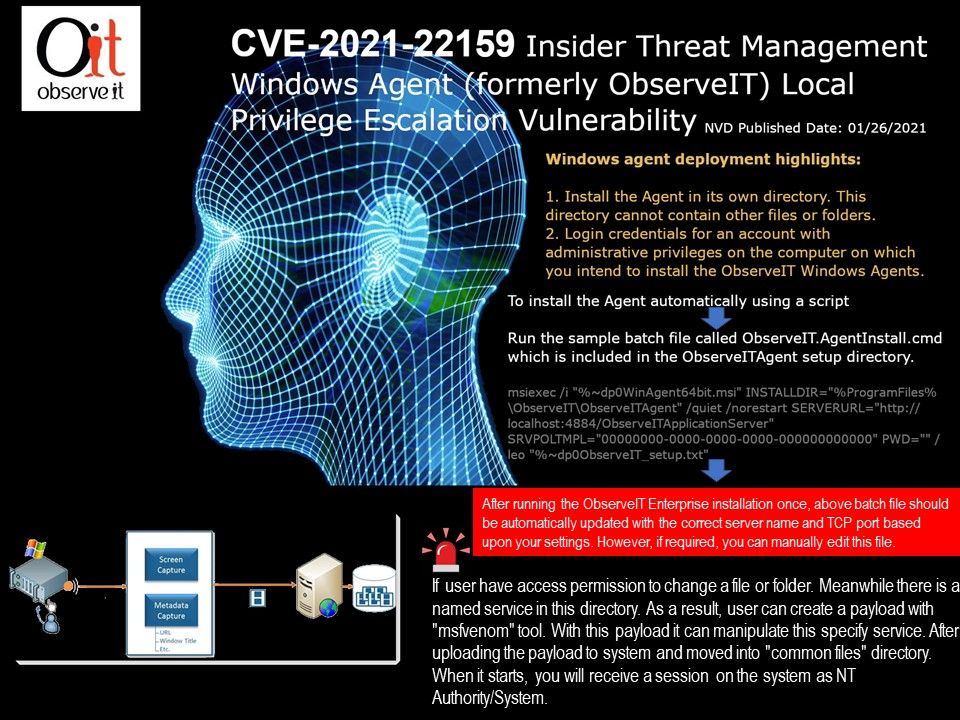
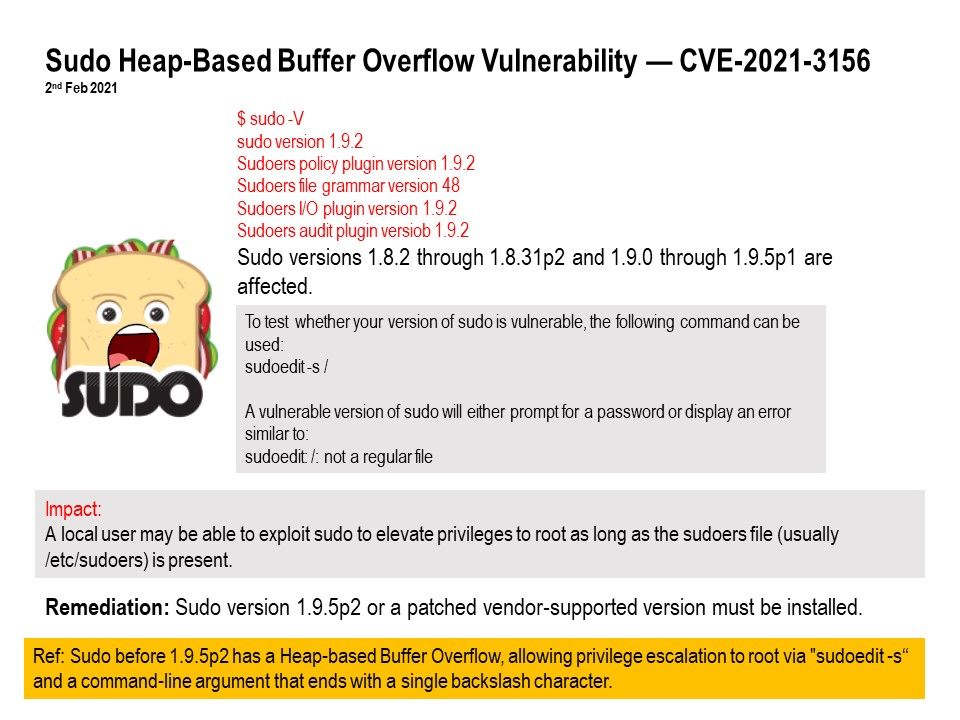
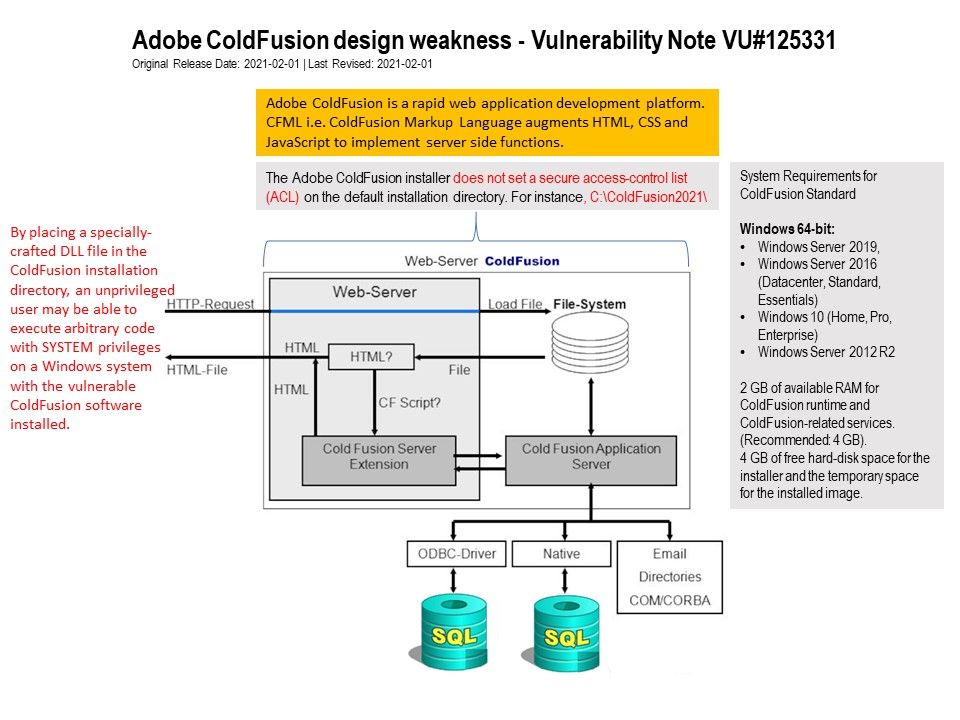
.jpg?width=1920&height=1080&fit=bounds)
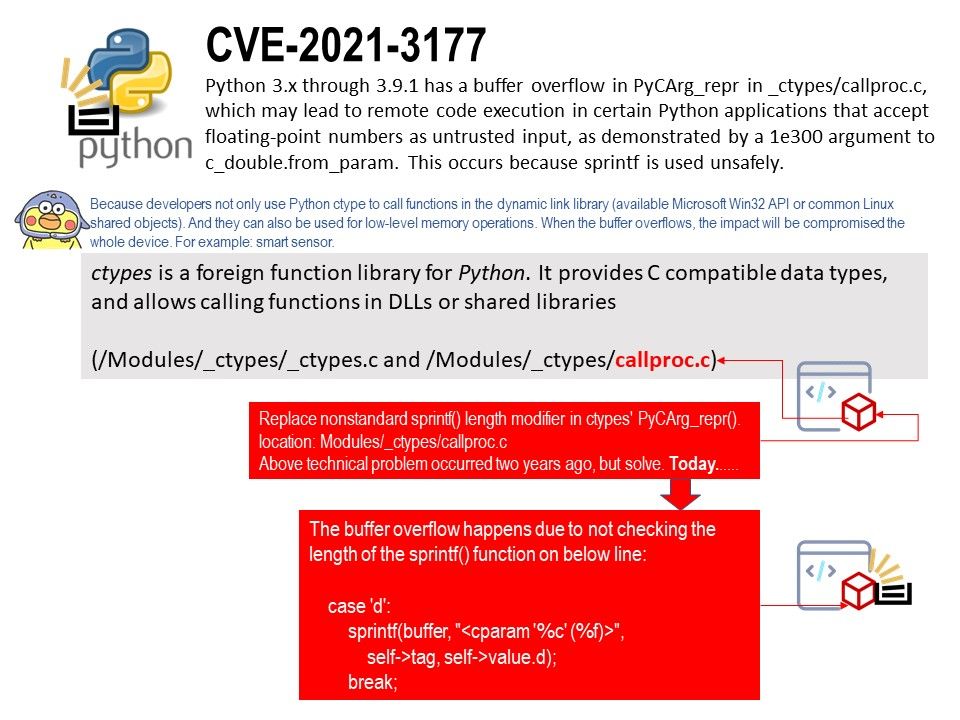
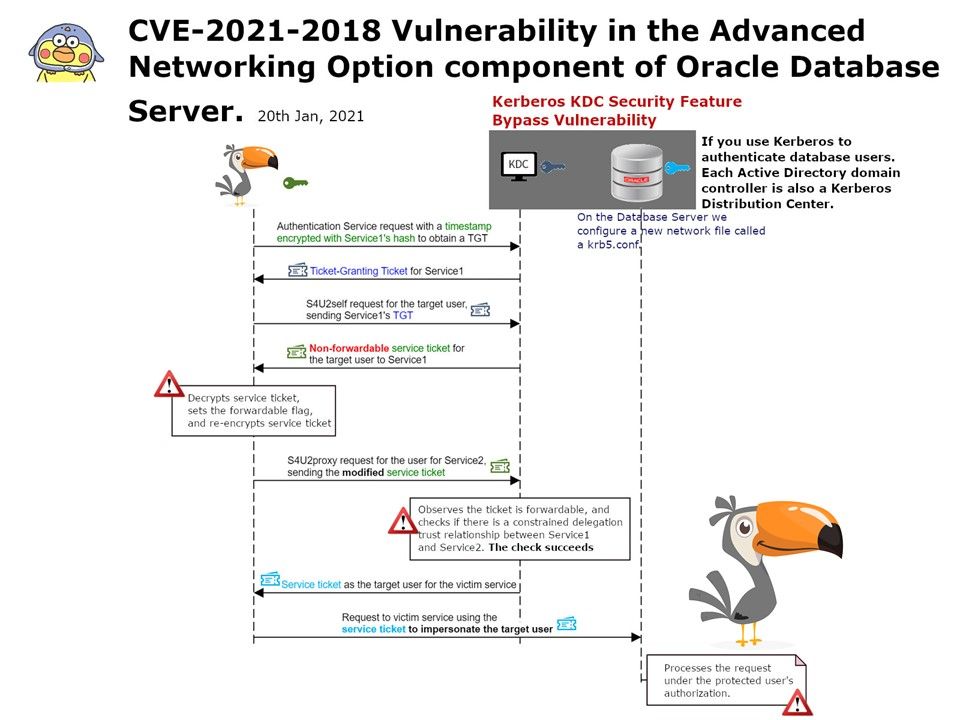
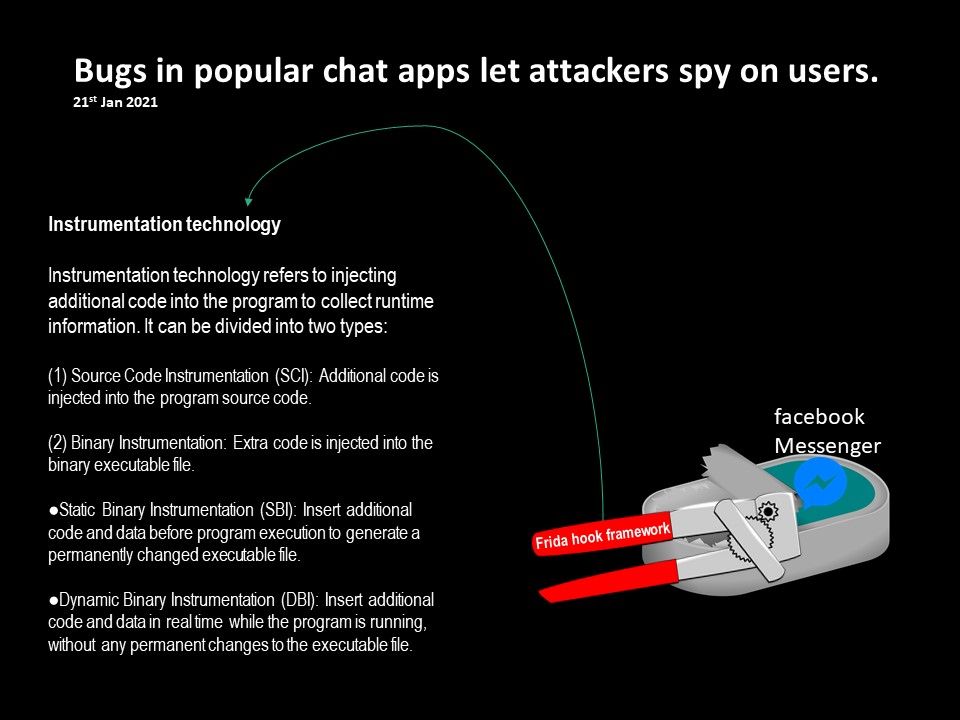

.jpg?width=1920&height=1080&fit=bounds)